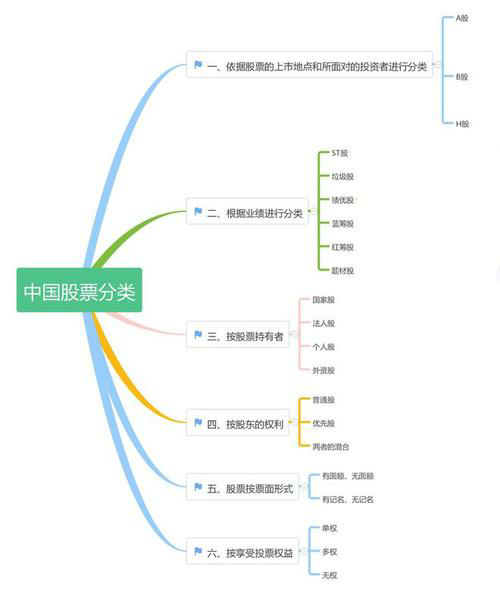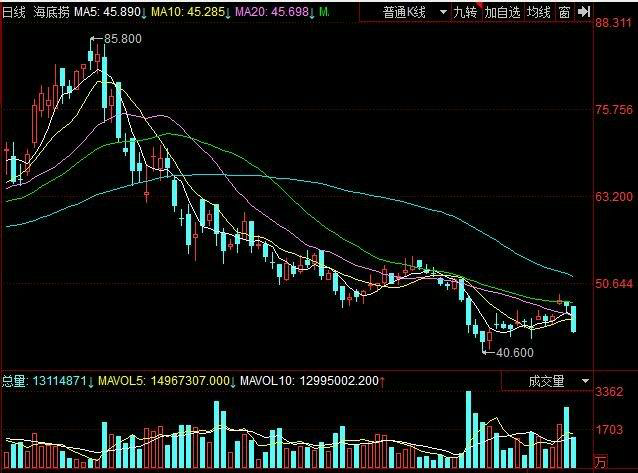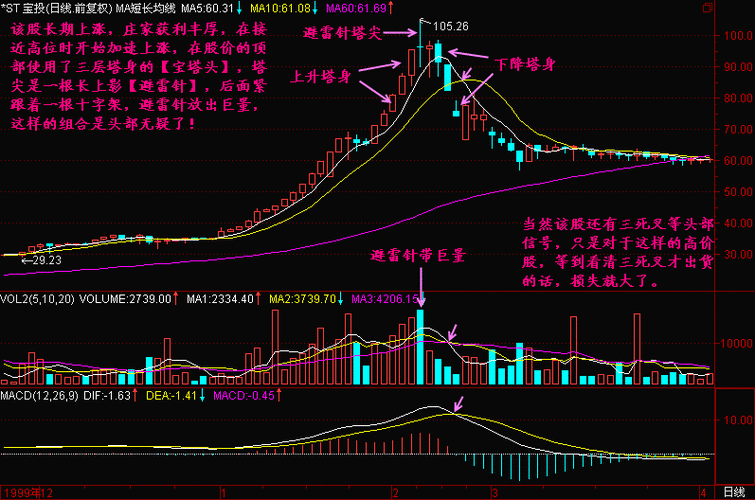Unlocking the Future: Market Research and Forecasting Strategies
时间:2023-09-08 06:02:10
导读:本文将探讨市场研究和预测策略在未来解锁商机中的重要性。我们将介绍如何根据SEO标准编写文章,并提供关键词生成的技巧。同时,我们还将讨论如何使用TAG标签来提高文章的可见性和搜索引擎排名。

Introduction
In today's rapidly evolving business landscape, staying ahead of the competition requires a deep understanding of market trends and consumer behavior. Market research and forecasting strategies play a crucial role in unlocking future opportunities. This article will delve into the importance of market research and forecasting strategies in unlocking future business prospects. Additionally, we will explore how to write articles that adhere to SEO standards, provide tips for generating keywords, and discuss the use of TAG tags to enhance article visibility and search engine rankings.
Importance of Market Research
Market research is the process of gathering and analyzing data about target markets, customers, and competitors. It provides valuable insights into consumer preferences, market trends, and potential opportunities. By conducting thorough market research, businesses can make informed decisions, develop effective marketing strategies, and identify untapped market segments. This enables them to stay ahead of the competition and unlock future growth prospects.
Forecasting Strategies
Forecasting strategies involve predicting future market trends, demand patterns, and consumer behavior. By analyzing historical data, market trends, and external factors, businesses can make accurate forecasts and anticipate market changes. This allows them to adapt their strategies, optimize resource allocation, and seize emerging opportunities. Forecasting strategies help businesses stay agile and proactive in a dynamic market environment, ensuring long-term success.
Writing SEO-friendly Articles
To maximize the visibility and reach of your articles, it is essential to adhere to SEO standards. Here are some tips for writing SEO-friendly articles:
1. Keyword Research: Conduct thorough keyword research to identify relevant and high-ranking keywords. Use tools like Google Keyword Planner or SEMrush to find keywords with high search volume and low competition.
2. Keyword Placement: Incorporate your chosen keywords naturally throughout the article, including in the title, headings, subheadings, and body text. However, avoid keyword stuffing, as it can negatively impact readability and search engine rankings.
3. Quality Content: Create high-quality, informative, and engaging content that provides value to readers. Search engines prioritize content that meets user intent and offers a positive user experience.
4. Meta Tags: Optimize meta tags, including the meta title and meta description, to accurately describe the content and entice users to click. Include relevant keywords in these tags to improve search engine visibility.
5. Internal and External Links: Include both internal and external links in your articles. Internal links help search engines understand the structure of your website, while external links to reputable sources enhance credibility and authority.
Generating Keywords
Generating relevant keywords is crucial for improving search engine rankings and attracting organic traffic. Here are some techniques for keyword generation:
1. Brainstorming: Start by brainstorming potential keywords related to your topic. Think about the words or phrases users might search for when looking for information on your subject.
2. Competitor Analysis: Analyze the keywords used by your competitors in their content. Tools like SEMrush or Ahrefs can help you identify their top-ranking keywords and gain insights into their strategies.
3. Long-tail Keywords: Consider using long-tail keywords, which are more specific and have lower competition. Long-tail keywords often have higher conversion rates as they target users with specific needs or intent.
4. Google Autocomplete: Utilize Google's autocomplete feature by typing in relevant keywords and noting the suggested search queries. These suggestions can provide valuable keyword ideas.
Using TAG Tags
TAG tags, also known as meta tags or HTML tags, are used to provide metadata about a web page. They play a crucial role in improving search engine visibility and user experience. Here are some tips for using TAG tags effectively:
1. Title Tag: The title tag appears as the clickable headline in search engine results. It should accurately describe the content and include relevant keywords to improve click-through rates.
2. Meta Description Tag: The meta description tag provides a brief summary of the page's content. It should be concise, compelling, and include relevant keywords to entice users to click.
3. Header Tags: Use header tags (H1, H2, H3, etc.) to structure your content and make it more readable. Search engines use header tags to understand the hierarchy and relevance of the content.
4. Alt Tags: Alt tags are used to describe images on a web page. Including relevant keywords in alt tags can improve image search rankings and overall page visibility.
Conclusion
Market research and forecasting strategies are essential for unlocking future business opportunities. By understanding market trends, consumer behavior, and predicting future changes, businesses can stay ahead of the competition and seize emerging prospects. Additionally, adhering to SEO standards, generating relevant keywords, and effectively using TAG tags can significantly improve article visibility and search engine rankings. Embracing these strategies will enable businesses to unlock the future and achieve long-term success.
内容
-
 树叶梯揭秘:如何运用量化分析预测股票涨跌,稳定获利2023-09-10 06:04:10本文将介绍树叶梯的量化分析方法,帮助投资者预测股票涨跌,实现稳定获利。通过详细解释树叶梯的原理和应用,以及如何利用量化分...
树叶梯揭秘:如何运用量化分析预测股票涨跌,稳定获利2023-09-10 06:04:10本文将介绍树叶梯的量化分析方法,帮助投资者预测股票涨跌,实现稳定获利。通过详细解释树叶梯的原理和应用,以及如何利用量化分... -
 以太坊价格展望:能否重塑市场信心?2023-09-10 04:09:10本文将对以太坊价格进行展望,并探讨其对市场信心的影响。通过分析以太坊的发展趋势、市场动态以及区块链技术的应用前景,帮助读...
以太坊价格展望:能否重塑市场信心?2023-09-10 04:09:10本文将对以太坊价格进行展望,并探讨其对市场信心的影响。通过分析以太坊的发展趋势、市场动态以及区块链技术的应用前景,帮助读... -
 外汇市场趋势分析:最新外汇行情与汇率走势图预测2023-09-10 22:01:10本文将通过对外汇市场的趋势分析,结合最新的外汇行情和汇率走势图,为读者提供有关外汇市场的最新信息和预测。文章将涵盖外汇市...
外汇市场趋势分析:最新外汇行情与汇率走势图预测2023-09-10 22:01:10本文将通过对外汇市场的趋势分析,结合最新的外汇行情和汇率走势图,为读者提供有关外汇市场的最新信息和预测。文章将涵盖外汇市... -
 股市走势预测:基于大数据分析的股市趋势预测模型2023-09-07 06:15:10本文将介绍基于大数据分析的股市趋势预测模型,通过分析大量的股市数据,揭示未来投资机会,帮助投资者做出明智的决策。文章将详...
股市走势预测:基于大数据分析的股市趋势预测模型2023-09-07 06:15:10本文将介绍基于大数据分析的股市趋势预测模型,通过分析大量的股市数据,揭示未来投资机会,帮助投资者做出明智的决策。文章将详... -

-
 今日外汇行情:全面分析外汇市场走势与汇率变动2023-09-06 01:24:10本文将全面分析今日外汇市场走势与汇率变动,为读者提供最新的外汇行情解读。通过对各国经济数据、政治事件和市场情绪的综合分析...
今日外汇行情:全面分析外汇市场走势与汇率变动2023-09-06 01:24:10本文将全面分析今日外汇市场走势与汇率变动,为读者提供最新的外汇行情解读。通过对各国经济数据、政治事件和市场情绪的综合分析...






